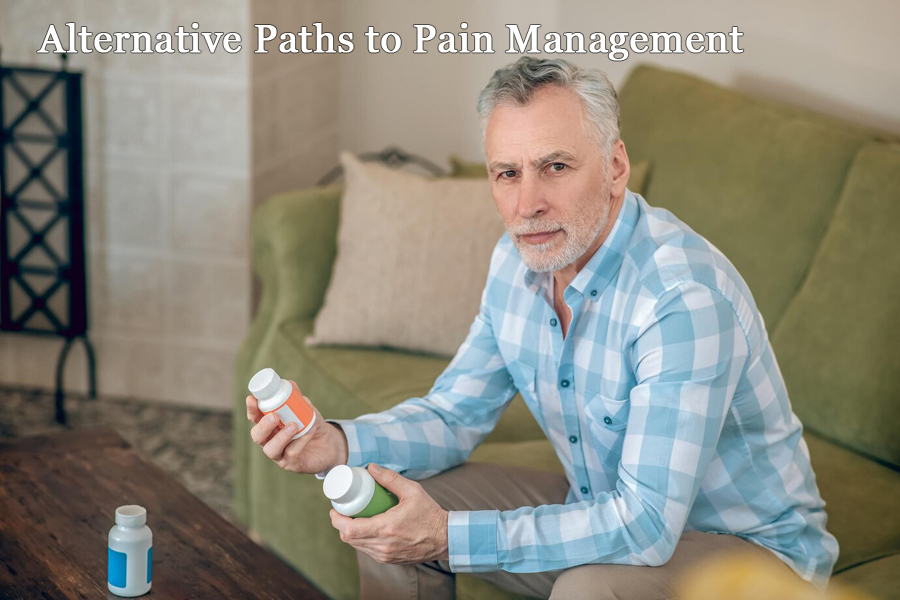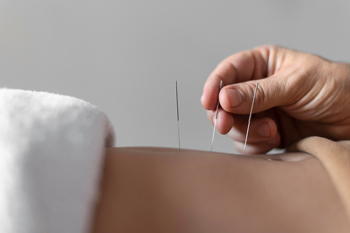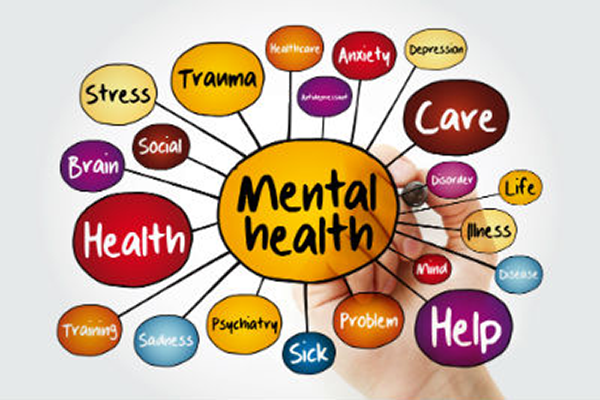0 Beyond the Pill Bottle: Exploring Alternative Paths to Pain Management
- Health and Wellness
- Author Arthur Lloyd
- 04-18-2025

Images by Freepik
Beyond the Pill Bottle: Exploring Alternative Paths to Pain Management
Chronic pain is an uninvited guest that overstays its welcome, disrupting sleep, dampening moods, and reshaping daily life. The knee-jerk reaction is often to reach for a bottle of over-the-counter relief or a prescription pad, but what if there were other ways? What if the best solutions weren’t tucked inside a pharmacy but hidden in the way you move, eat, and live? While medicine has its place, the world of pain management extends far beyond pharmaceuticals. From natural remedies to lifestyle adjustments, alternative treatments offer a broader, more holistic approach to pain relief.
Look for Natural Solutions
Nature’s medicine cabinet is stocked with potent, plant-based solutions for pain relief—some well-known, others still making their way into the mainstream. Willow bark, often called nature’s aspirin, contains salicin, a compound that mimics the effects of over-the-counter pain relievers but with a gentler touch on the stomach. Devil’s claw, a traditional African remedy, has gained traction for its ability to ease inflammation and soothe arthritis pain, thanks to its rich supply of iridoid glycosides. Ashwagandha, an adaptogenic herb used in Ayurvedic medicine, doesn’t just help with stress—it also reduces cortisol-driven inflammation, making it a powerful ally against chronic pain conditions. And then there are the non-psychoactive precursor to THC found in raw cannabis, which is emerging as a promising anti-inflammatory and neuroprotective agent, offering relief without the high.
The Power of Food as Medicine
What you put on your plate isn’t just about satisfying hunger—it can influence how your body experiences pain. Certain foods act as natural anti-inflammatories, helping to quiet the body’s pain response. Turmeric, packed with curcumin, has been a staple in Eastern medicine for centuries, while ginger has shown promise in reducing muscle soreness. Omega-3 fatty acids, found in fatty fish like salmon and walnuts, may help combat joint pain. Even something as simple as staying hydrated can keep muscles and tissues from tightening up, preventing discomfort before it starts.
Acupuncture: Tapping into the Body’s Natural Healing

Once dismissed as pseudoscience, acupuncture is now embraced by medical professionals and chronic pain sufferers alike. Rooted in Traditional Chinese Medicine, this practice involves inserting thin needles into strategic points on the body to restore balance and promote healing. Some researchers believe acupuncture stimulates the nervous system, triggering the release of endorphins—the body’s natural painkillers. Whether you’re battling migraines, back pain, or arthritis, acupuncture has become a go-to for those looking for a drug-free solution.
Harnessing the Mind-Body Connection
Content Marketing Offers the Highest Return On Investment
Online, or content marketing and advertising, is currently the second-highest method of promoting businesses following only Television which, for now, remains in the number one position. Experts have predicted that digital ads will surpass TV by 2025 and not look back. For cost-effectiveness, and the ability to directly target your audience, nothing matches the ROI of digital marketing. Learn More
Digital Marketing Offers Three Opportunities To Reach Your Audience
Studies show that the majority of people will use their phones to search for content that addresses their current needs and then switch to their computers for more in-depth research before making final decisions or purchases. With three different platforms, computers, tablets, and phones, it is important to make sure your audience can follow your content and ads on any device. The upside to this is you have three opportunities to reach them. All of our Websites are developed to work flawlessly on all three platforms. Learn More
Pain isn’t just physical; it’s deeply intertwined with the mind. Practices like meditation, mindfulness, and deep breathing exercises have been shown to lower pain perception. When you’re stressed, your muscles tense up, exacerbating discomfort. Learning to control your breathing and quiet the mental chatter can shift how your brain processes pain. For some, guided meditation offers a reprieve, while others find relief in progressive muscle relaxation or visualization techniques. The key is consistency—making these practices a part of daily life rather than a one-time experiment.

Movement as Medicine: Yoga and Tai Chi
It seems counterintuitive—when you’re in pain, the last thing you want to do is move. But movement, when done right, can be one of the most effective tools for pain relief. Yoga and tai chi, in particular, offer gentle ways to improve flexibility, strengthen muscles, and reduce stiffness. These practices aren’t about pushing through pain but working with the body to restore balance. Yoga’s emphasis on breath and posture can be especially beneficial for back pain, while tai chi’s slow, deliberate movements are often recommended for arthritis sufferers.
The Role of Sleep in Pain Management
A restless night can amplify pain, turning minor discomfort into a full-blown problem. Yet, chronic pain itself often makes restful sleep elusive. It’s a vicious cycle—one that requires attention beyond just popping a melatonin pill. Establishing a sleep routine, limiting screen time before bed, and investing in a supportive mattress can make a real difference. Certain natural sleep aids, like magnesium or valerian root, may also help. A well-rested body is better equipped to heal, making quality sleep a crucial piece of the pain-management puzzle.
The Therapeutic Touch: Massage and Bodywork
Massage isn’t just about indulgence—it’s a legitimate tool for pain relief. By increasing circulation, relaxing tight muscles, and reducing inflammation, bodywork therapies can offer immediate and lasting benefits. Deep tissue massage can break up stubborn knots, while techniques like myofascial release work on the connective tissues that contribute to chronic pain. For those sensitive to pressure, gentler therapies like craniosacral therapy or lymphatic drainage might be the better fit. The right kind of touch can do wonders for pain, stress, and overall well-being.
Pain is complex, and there’s no one-size-fits-all solution. But stepping outside the conventional medical model opens up a world of possibilities. The path to relief may not be found in a prescription bottle, but in the small, intentional changes you make every day.
If you are suffering from chronic pain and want to stay away from opioids, there are resources that will help you find alternatives. Most states have resources posted on their government Websites, and national agencies like HHS or CDC have information available as well.
Discover the secrets to enjoying aging and living your best life with Enjoying Aging.com – your ultimate resource for health, wellness, and financial wisdom tailored for the ‘Fun After 50’ crowd!
A special thank you to Arthur Lloyd at grayhairedlife.com for contributing this article.
If you enjoyed this article, or have a topic you would like to suggest for a new article, please leave a comment in the form below.






